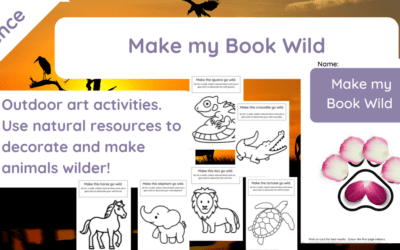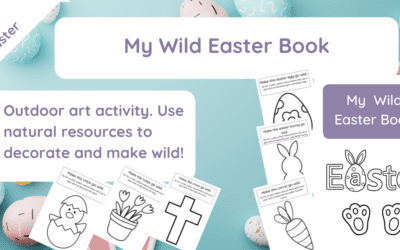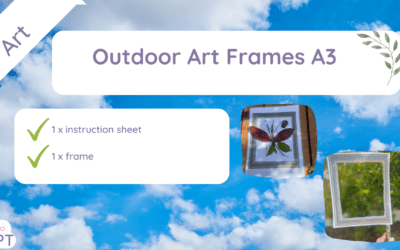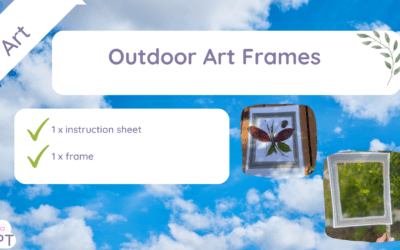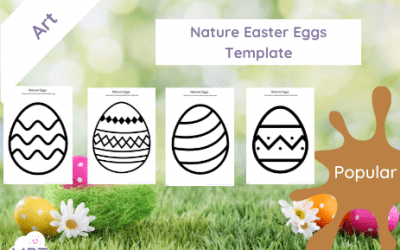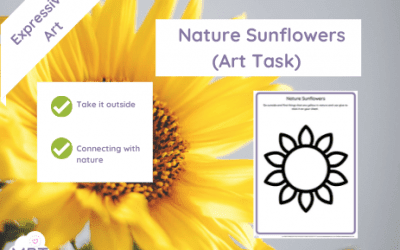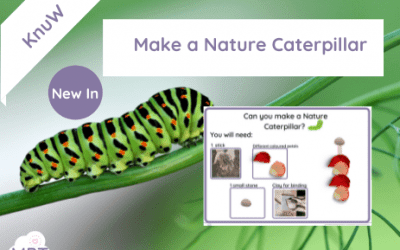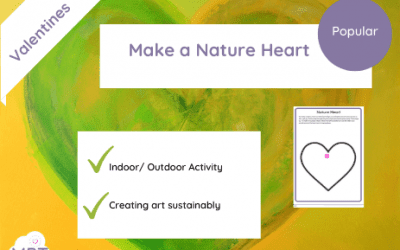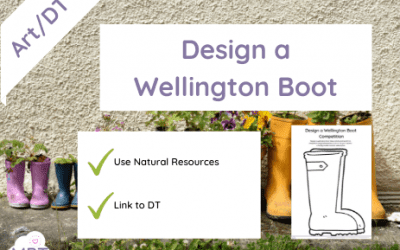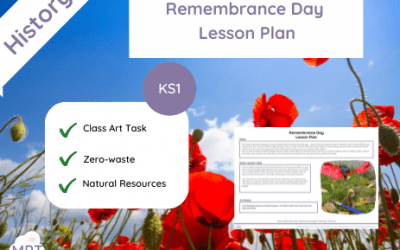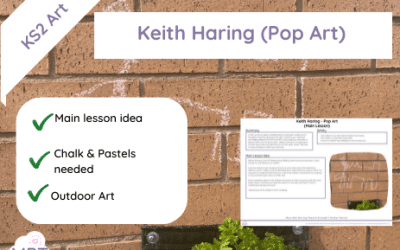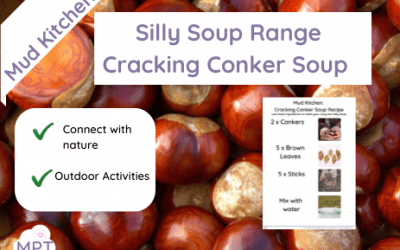10 Outdoor Valentine’s Day Lesson Ideas Celebrate kindness, connection, and creativity – the muddy way Bring the...
24 Nature Crafts for Advent
Nov 14, 2024
24 Nature Crafts for Advent: A Journey of Creativity and Connection Celebrate the season with "24 Nature Crafts for...
My Wildest Wild Book
Mar 28, 2024
What does this resource include? 6 x full-page art activities 1 x Book per child How can I use this resource? Use...
My Wild Easter Book
Mar 28, 2024
What does this resource include? 6 x Outdoor Art Activities 1 x book per child How can I use this resource? Use My...
Fireworks KS1 – Art Activity
Oct 24, 2023
What is included in this lesson plan? 1 x Fireworks KS1 -🌳 Muddle Puddle lesson plan, including opportunities to...
Coronation Celebration Wands
Apr 28, 2023
What does this resource include? Instruction into how to use your muddy frame 1 x Outdoor Art Frame How can I use this...
Outdoor Art Frames A3
Apr 28, 2023
What does this resource include? Instruction into how to use your muddy frame A3 1 x Outdoor Art Frame How can I use...
Outdoor Art Frames
Apr 28, 2023
What does this resource include? Instruction into how to use your muddy frame 1 x Outdoor Art Frame How can I use this...
Outdoor Frames for Art
Apr 26, 2023
What does this resource include? Instruction in how to use 1 x Outdoor Frame How can I use this resource? Cut the...
Nature Easter Eggs Template
Apr 7, 2022
Use Nature Easter Eggs to enhance your outdoor learning, find more outdoor learning resources under your year group...
Nature Sunflowers (Art Task)
Mar 8, 2022
Use this fantastic resource to create some Nature Sunflowers (Art Task). The children use natural resources and this...
How to make a Nature Caterpillar (Tuff Spot)
Mar 7, 2022
Such a simple but much-loved activity. Children follow the instructions as they make their very own Nature...
Make a Nature Heart
Feb 9, 2022
Design a Wellington Boot
Jan 27, 2022
Design a wellington Boot, Use natural resources Get wellies in and decorate them, link it to DT and Science
Remembrance Day (Lesson Plan) Leafy Poppies
Nov 9, 2021
Remembrance Day (Lesson Plan) Rock Poppies ⇒Use Remembrance Day (Lesson Plan) Rock Poppies to take your children...
Keith Haring (Pop Art) Graffiti
Sep 21, 2021
Keith Haring Pop Art Five Reasons Going Outdoors Helps with Children's Mental Health Remember, you need a silver...
Mud Kitchen: Cracking Conker Silly Soup Recipe
Sep 10, 2021
Mud Kitchen: Cracking Conker Soup ⇒Use the Mud Kitchen: Cracking Conker Soup from the Silly Soup range to help...
Autumn Colour Spotter Sheet Activity
Jan 22, 2021
Use the Autumn Colour Spotter Activity Sheet to get the children outside applying their maths while they connect with...
New In
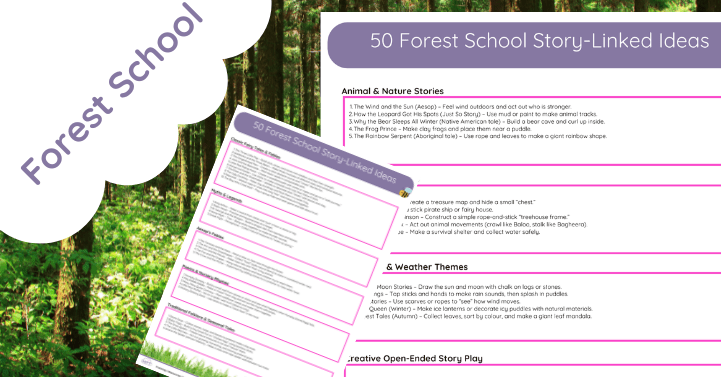
Forest School Story-Linked Lesson Ideas
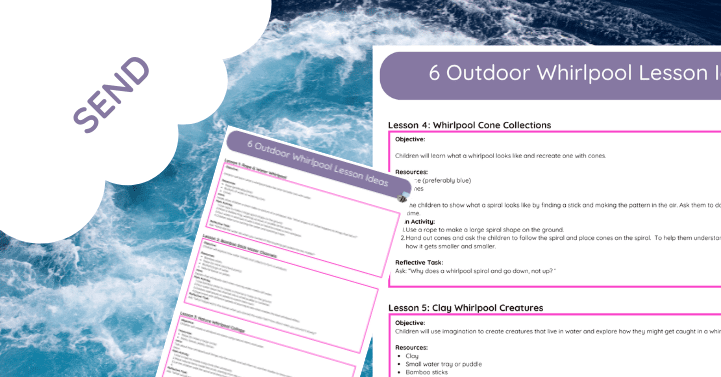
Whirlpool Lesson Ideas – SEND Pack
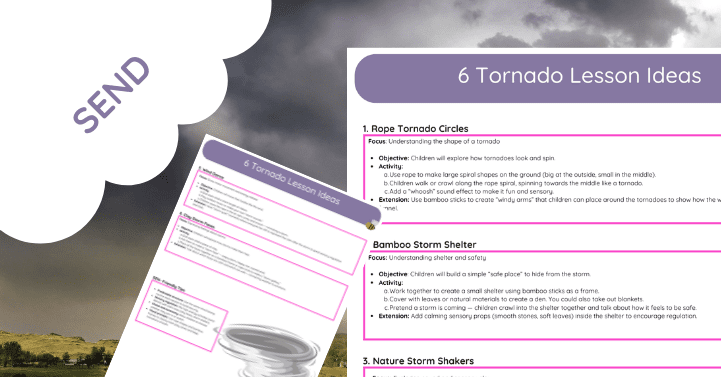
Tornado Lesson Pack for SEND
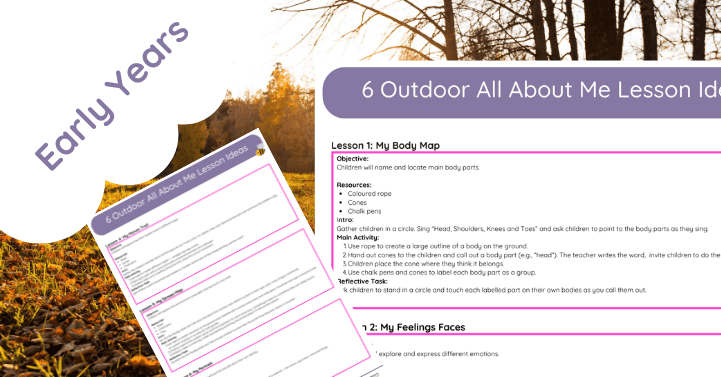
All About Me Lesson Ideas
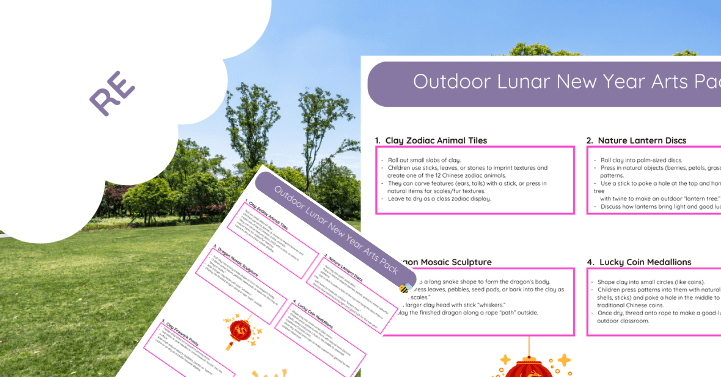
Lunar New Year Outdoor Arts Pack
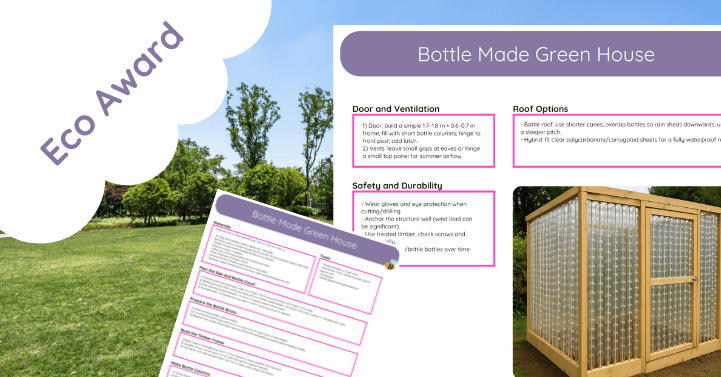
Bottle Greenhouse Instructions
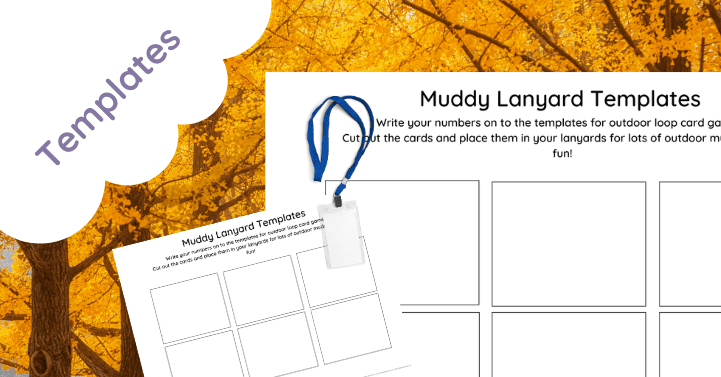
Blank Outdoor Lanyard Template
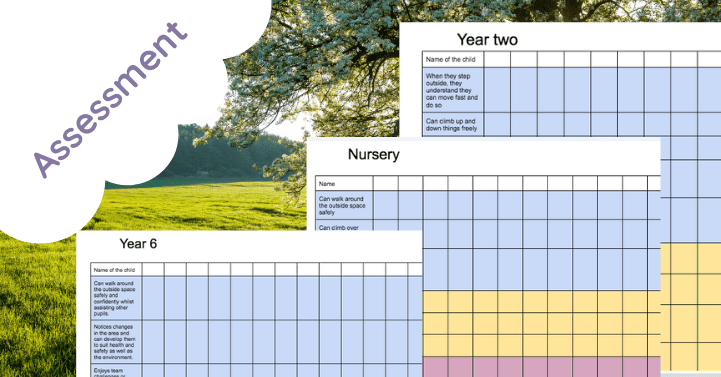
Outdoor Learning Assessment Grid

Nelson Mandela KS1 (Outdoor Lesson Ideas)





